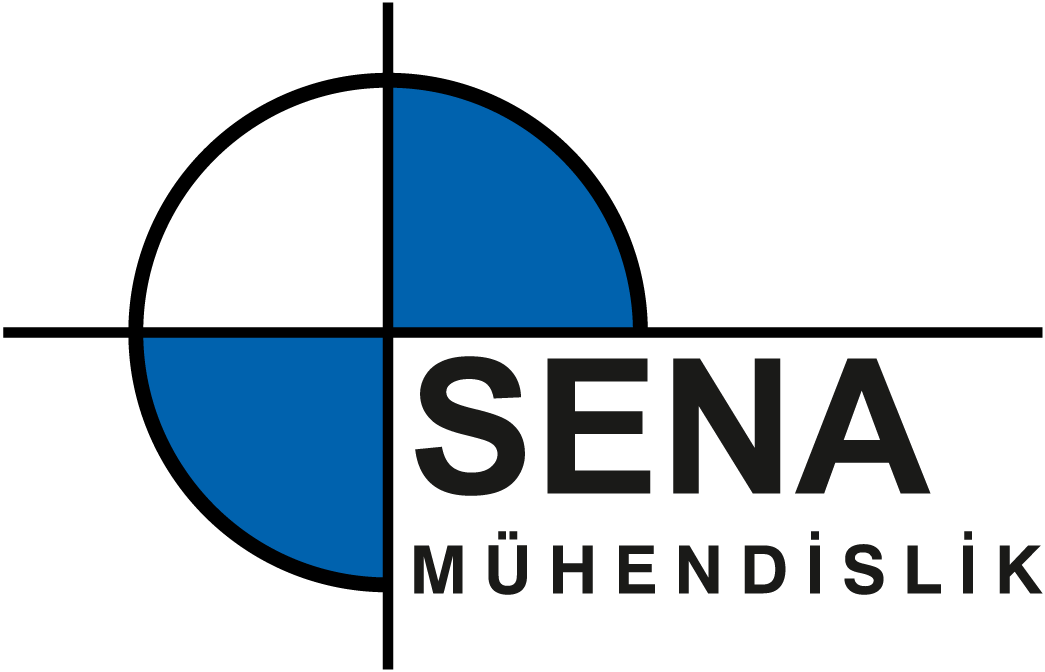What Is SEO? Learn the Basics of Search Engine Optimization
Search engines like Google use these signals to gauge a website’s value to users, influencing its ranking in search results. For instance, a high bounce rate might indicate that the site’s content is not relevant to the search query, or a low dwell time could suggest that the content is not engaging enough. Conversely, a high CTR from search results suggests that users find the title and description relevant and compelling. User experience (UX) signals encompass a range of factors that indicate how users interact with and perceive a website.
How search engine optimization works
With new websites popping up left and right, it’s becoming increasingly difficult to get noticed and maintain customer loyalty. Even Google doesn’t use that as a relevancy signal, people searching on the internet might see it that way and click on your link instead of others. So, a domain name with a relevant keyword in it can improve your SEO indirectly by increasing click-through rate.
- You’ve learned a lot, from SEO’s meaning to SEO’s functionalities, and now you’re ready to bring search engine optimization to your organization’s digital marketing strategy.
- For that reason, checking the relative popularity of keywords at the national level tends to be more productive.
- This will enable you to set up an SEO strategy and plan to continue working on this throughout the year.
- Ignoring these ranking factors can result in slow load times, poor mobile performance, and difficulties for search engines in understanding your content.
Ideas, concepts, products, and information are all constantly evolving, and users’ changing expectations are aligned with that. An integral part of content are the keywords and words on the page. There are theories circulating that keywords are now obsolete and not needed anymore to rank. And if your site has a reputation for publishing useful, trusted content, that’s going to help your rankings in a major way. If so, you’re going to find yourself with a massive rankings boost. But these links also help boost your site’s overall Domain Authority, which is your site’s authority as a whole.
Monitoring and Analyzing SEO Performance
So, whether you want to call it LLMO, GEO, or the name of the week, it’s no different from SEO Anomaly SEO. Google’s AI Overviews still need source material to generate their summaries. And that source material or citation, at least at the moment, still comes from search.
That’s why we’ve expanded our list with 13 more key ranking factors. Of all the Google top ranking factors, these are the most influential 7 elements that will have a positive (or negative) impact on the way content appears in search results. Search engines analyze on-page elements like keywords, meta tags, and content structure to assess relevance.
It also gives you full control to respond to reviews, post updates, and optimize your listing — key factors in improving your Google Maps ranking. Google decides which businesses rank at the top of its searches based on several factors. The more aligned your business is with these factors, the higher your chances of appearing in front of potential customers. Like it or not, customers evaluate businesses based on their online presence. If you’re missing photos, reviews, or key business details, that could be the deciding factor in whether they choose you or go elsewhere.
Finding and fixing technical errors on your website could be key to improving your SEO rankings. To see which keywords have potential to drive the most monthly traffic to your website. We recommend that you filter for keywords in the 0-29 PKD % (very easy to easy) range. This means Google can interpret the context, meaning, and relationships between words to better match search queries with relevant results. Indexed pages are pages that have been added to the search engine’s database of possible search results.
Using LSI keywords would be one way of making sure your restaurant ranks for both sets of questions. The more help you can give to Google to understand your content, the more likely your page SEO rank will increase in your niche. One negative SEO ranking factor to be aware of is duplicate content. And if you have similar content, tell Google which one should be ranked as most authoritative using canonical URLs.
When it comes to interpretations based on the pure correlation value alone, the statements for numeric factors are often more significant. Elements that are described using binary factors – such as a meta description on the page – are either present or not. There are also elements with graded characteristics that change in differing degrees. For example, a URL may have zero or six thousand backlinks – but each value in between is also possible. These indicate the relationship between two variables – namely the ranking on the one hand and the occurrence / existence of each factor on the other. Search engines use automated bots called “crawlers” or “spiders” to scan websites.
In 2025, search engine optimization (SEO) is not just a tool—it’s a necessity for businesses looking to increase web traffic and attract more customers. With over 68% of all online experiences starting with a search engine, mastering SEO is the key to staying ahead of the competition. As algorithms evolve, understanding the latest SEO ranking factors can help your website rank higher, gain visibility, and drive valuable traffic.
